Featured Photo Above:
Combined 1903 World Series Photo: Pittsburgh Pirates and Boston Pilgrims
(Color Restoration by Chris Whitehouse of Mancave Pictures)
Baseball History Comes Alive Now Ranked As a Top Five Website by Feedspot Among All Baseball History Websites and Blogs!
(Check out Feedspot's list of the Top 35 Baseball History websites and blogs)

Guest Submissions from Our Readers Always Welcome! Click for details
Scroll Down to Read Today’s Essay
Subscribe to Baseball History Comes Alive for automatic updates (sign-up block found in right side-bar)
As a Free Bonus for subscribing, you’ll get instant access to my two Special Reports: Memorable World Series Moments and Gary’s Handy Dandy World Series Reference Guide!
Charlie Peete and the 1956 Cardinals Photo Gallery
Click on any image below to see photos in full size and to start Photo Gallery:
Let’s Recall the Tragic Story of the Cardinals’ Charlie Peete
Charlie who? You’ve never heard of Charlie Peete? Neither had I. Until yesterday that is…
If I also told you that a player named Charlie Peete had an unremarkable, 23-game career with the Cardinals in which he hit just .192 with no home runs and no RBIs, you’d probably be wondering why I’m featuring him today. That’s a good question, and I’m happy to have the opportunity to explain.
Baseball, Like Life, Has Its Tragedies
Yesterday, as is my custom when searching for something interesting to write about for my Baseball History Comes Alive website, I visited “This Day in Baseball History.” Scrolling through the listed items, I came across the name “Charlie Peete” with a 1956 entry. I had never heard of Charlie Peete, but for some reason, the name and the entry caught my attention. Reading further, I learned of the tragic event that took the life of this promising Cardinal prospect, along with his wife and three small children, 65 years ago, on November 27, 1956.
On that day, Charlie Peete and his family were among the 25 fatalities named when Flight 253 from New York to Caracas crashed into Venezuela’s Mt. Avila during a violent thunderstorm, two miles short of Caracas’ Marquetia seaside airport. Charlie Peete was just 27 years old. He was on that flight because he had agreed to play winter ball for Valencia that off-season to get more experience for his highly anticipated upcoming career in the majors.
Compounding the tragedy was that this was the second crash in just over five months for Venezuela’s government-owned Linea Aeropostal airlines. On the previous June 20, another one of the airline’s Constellation planes caught fire off the coast of New Jersey and plunged into the Atlantic, killing 74 people. According to newspaper accounts at the time, it was the world’s worst disaster on a regular airline flight.
Charlie Earns a Spot in Baseball History
A native of Franklin, Virginia, Charlie Peete was known as “Mule,” a nickname he picked up in the Negro Leagues while a member of the Indianapolis Clowns. After playing semi-professional ball in Canada, he signed with the Portsmouth, Virginia Merrimacs of the Class B Piedmont League in 1953. Charlie earned a spot in baseball history as the first African-American to play in that league.
Peete was later picked up by the Cardinals and advanced through their minor league system with three productive years. Then, in 1956, he led the American Association with a .350 average in 63 games, while playing for the Triple-A Omaha Cardinals. Adding 16 home runs and 63 RBIs, he had proven himself to be one of the Cardinals’ top prospects, and the future looked very bright for the 5’9” outfielder.
His outstanding performance at Triple-A earned him a “look-see” to the Big Show. He made his major league debut on July 17, 1956, in a home game against the Pirates. Pinch-hitting for veteran Hank Sauer, he drew a walk in his first major league at-bat. Charlie stayed in the game to play center field, later grounding into a double play in a 4–2 Cardinal loss. In spite of a .192 average, he had impressed the organization but was returned to Omaha on August 16 for more seasoning after going 0-3 against Lew Burdette and the Milwaukee Braves.
Projected To Be the First African-American to Start For the Cardinals
Charlie was now projected as the leading candidate to win the Cardinals’ starting center fielder job for 1957. In doing so, he would have become the first African American to be a regular in the Red Birds’ lineup. Nine years after Jackie Robinson had broken major league baseball’s color barrier, the Cardinals still did not have a black player as a regular. His tragic death in 1956 denied him that historic opportunity.
Here on Baseball History Comes Alive, we understandably give a lot of attention to the game’s biggest stars: the Ruths, the Gehrigs, the DiMaggios, the Williamses, the Hornsbys, along with many others. But as I’ve said many times, anyone who makes it to the majors is special in our eyes. Star or sub, it makes no difference.
How Good Could He Have Been? We’ll Never Know…
Charlie Peete never became a star. A cruel fate rudely interrupted that dream. He never had the chance to show just how good he could be, to know just how far his talents could take him.
I’m glad I stumbled on to his story yesterday and could relate it here on the website. Otherwise, he might only have been remembered, if at all, as just another unremarkable marginal player who never made it big. Someone called up to the majors for a “cup of coffee” and never returned. How many would ever learn of his tragic death and his story of unfulfilled promise? He quite possibly could have been lost forever over the passage of time.
We now know that Charlie Peete was a lot more than what the mere statistics on the Baseball-Reference website tell us or what we read on the sterile pages of the Baseball Encyclopedia; and so I’m happy—and proud—to have an opportunity to shine our Baseball History Comes Alive stoplight on him—if only for this brief moment in time.
Even after the passage of 65 years, may you and your family Rest in Peace.
Gary Livacari
Information: Excerpts and background information edited from Charlie Peete Wikipedia page
Take a guess at this week’s Mystery Player
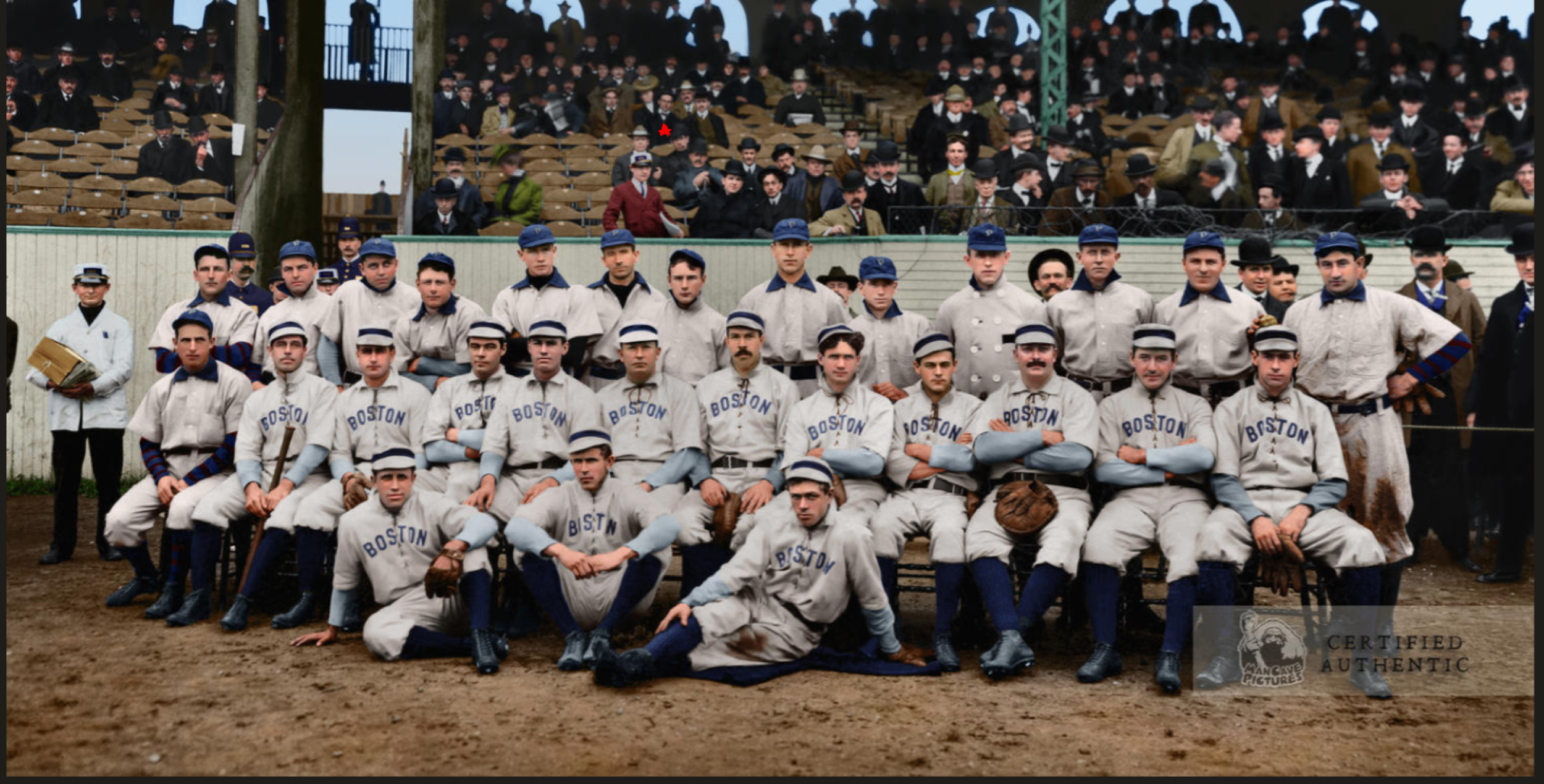
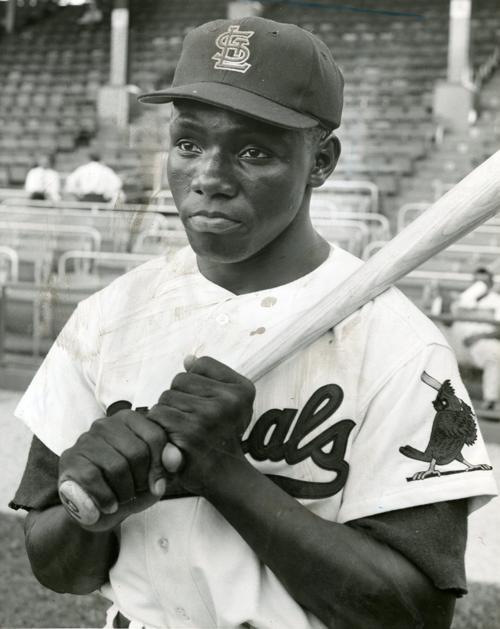
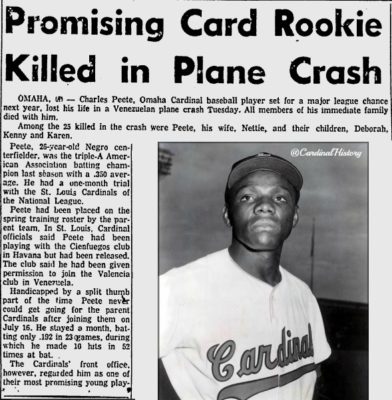
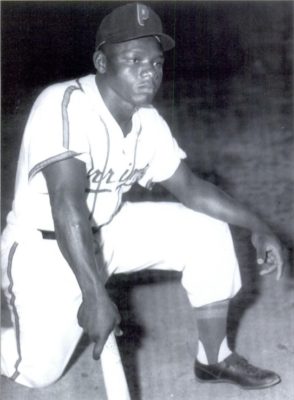
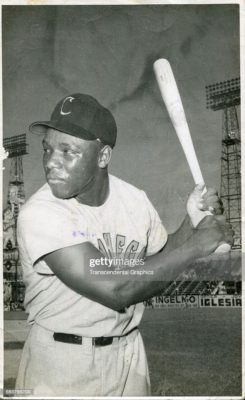
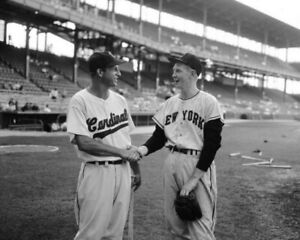
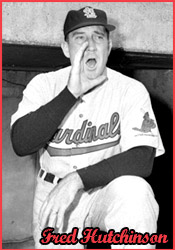
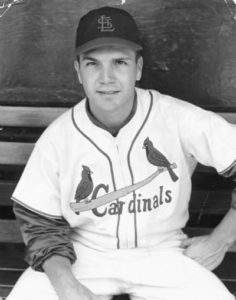
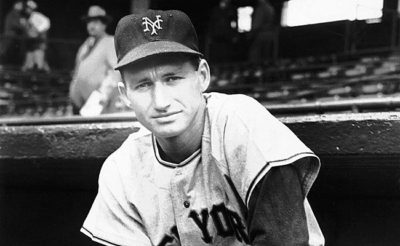

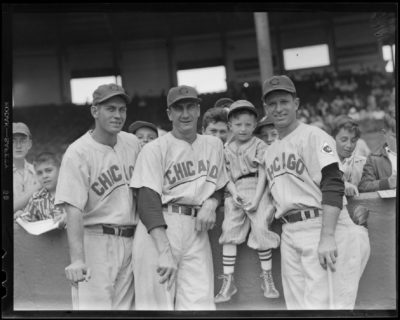

Very nice article, Gary. Keep up the good work.
You might want to consider doing a story on Howie Fox, who also met a tragic end.
Thank you, I’ll check him out. Ken Hubbs also comes to mind.
Thanks, Gary. And it’s remarkable the Cardinals did not have a black player in their starting lineup nine years after Jackie Robinson played first base for Brooklyn in 1947.
In the early 50’s, when my dad was president of the Lions Club in Westfield, NJ, Tommy Henrich was a guest at one of the meetings. In the wee small hours, he confessed to my father that the Yankee organization felt that black players generally did not perform well under pressure.
The irony was that no player was ever better than Robinson when the game was on the line. And we can name so many others.
Interesting info, Bill. thanks!
Gary,
Your tribute here speaks to our fascination with the universal nemesis known as “unrealized potential.” That’s a bug-a-boo that seems incapable of maintaining an appropriate distance for very long — for most of us anyway.
More importantly, when you turn to the question of how good Peete could have been but-for his untimely death, your call upon us to remember and reflect upon him as more than just a cup-of-coffee guy is the sort of respect and support that sets this beloved blog apart from the others. I shall follow your recommendation, and thank you for that.
Please keep us the great work, Gary! We appreciate it.
Best regards,
Michael
Thanks Michael, and, as always, I appreicate your kind words.
I watched Charlie Peete play for the Omaha Cardinals in 1956. He was my favorite player. Through connections I got an autographed baseball from him. (since lost) I still remember the morning my dad told me he had been killed. Omaha placed a Charlie Peete plaque in the old Rosenblatt stadium. The stadium has since been torn down. I wish I could locate that plaque. thank you for the article.
I watched Charlie Peete play for the Omaha Cardinals in 1956. He was my favorite player. My sister was dating a guy whose father was an umpire in the league. She was able to get me an autographed baseball from him. (since lost) I still remember the morning my dad told me he had been killed. Omaha placed remembrance plaque in Rosenblatt stadium to honor him. The stadium has since been torn down. I wish I could locate that plaque. Thank you for the article.